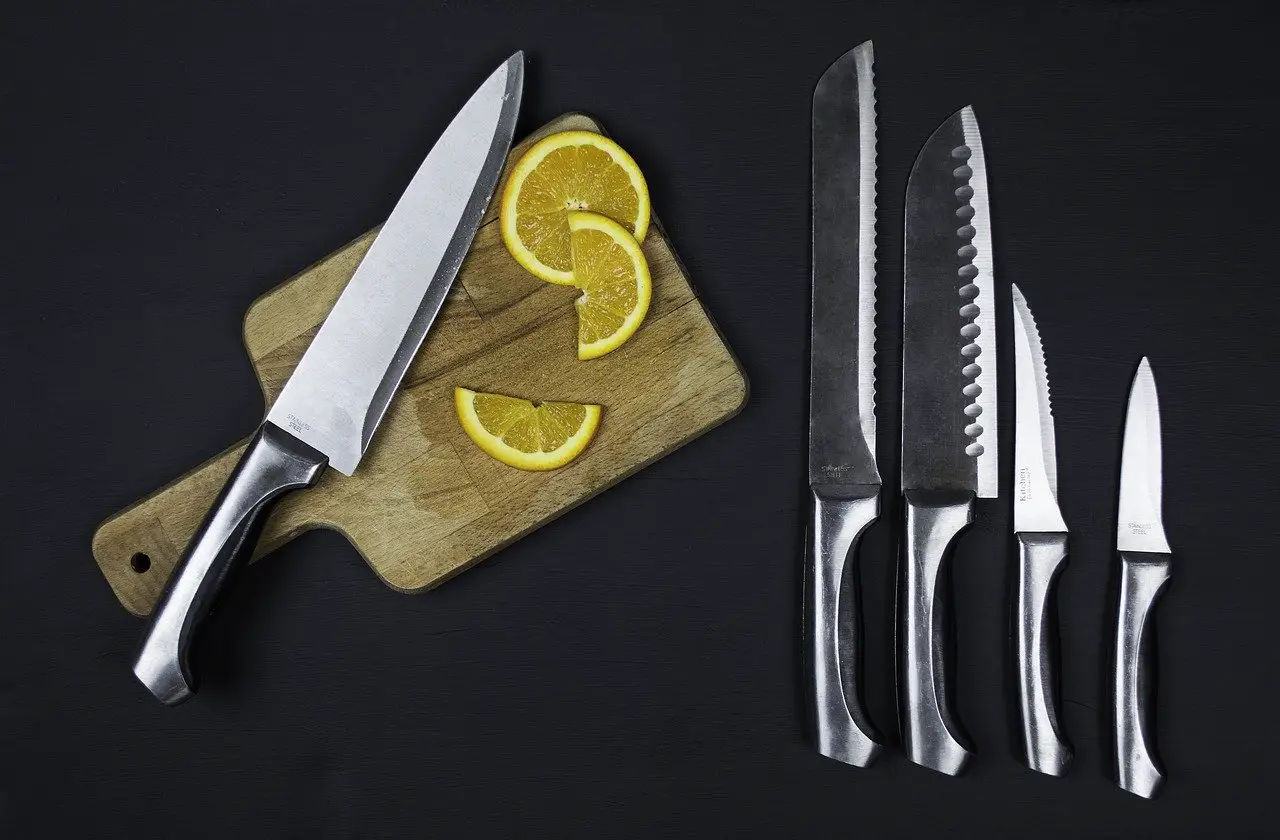A really sharp knife is the most important tool in the kitchen, something to invest in. Therefore, it is also important to take good care of your knives so that they cut properly and last a long time.
Today there is a wealth of different knife models and depending on how advanced your cooking is, the need for different knives may vary.
3 knives everyone should have at home
Chef’s knife
You can use the chef knife for most things – split, chop and cut both meat and vegetables. You recognize the chef knife that the blade is between 15-25 cm to be able to share both large and small things. The blade is also higher down towards the handle for grinding the knuckles in the cutting board when chopping.
Bread knife
The bread knife has a really long, toothed blade and besides cutting bread is the top if you are going to split a large white cabbage head in the middle and do not want to have to grab new grips to get through.
Peeling knife
The peeling knife is a small knife with an 8-12 cm long blade, often arrow-shaped. You peel fruit and vegetables with it and peel away “eyes” on potatoes, but because the peel knife is small and smooth you can use it for much more.
Take care of your knives
Always store the blades in a knife block or magnetic strip. If they end up in the kitchen drawer, the risk is that the blade will be destroyed or you will be injured when you pick up the knives.
Wash by hand
If you wash the knife in a dishwasher, you risk damaging the knife by the strong detergent or by flying grit. Fly aggression can occur from the inside of the machine, or from other implements that have been discussed, both before and at the same time. Hand wash instead and wipe the knife directly to minimize the risk of rust.
The right cutting board
Preferably cut on a plastic or wood cutting board – other materials such as glass and marble can damage the blade and make the knife dull.
Rinse the knife immediately after cutting, for example, onion, lemon or tomato. They all have high acid corrosion to the steel.
Grind and sharpen the blades
Maintain the knife and keep the blade sharp by sharpening it regularly at home and submitting for grinding every other year. A knife should be sharpened every time you use it – the test of a sufficiently sharp knife is that you can easily cut a tomato with it without pressing the tomato or the peel will be frayed

